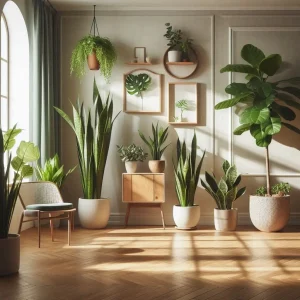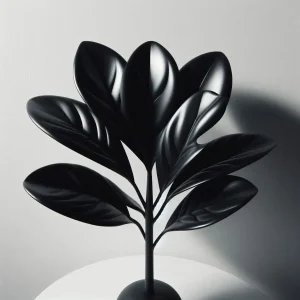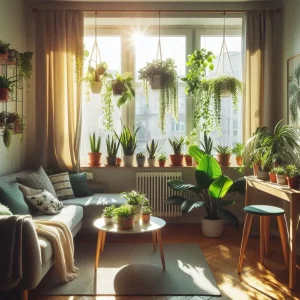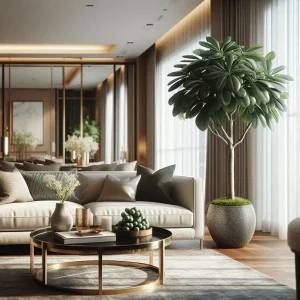| No. | Reason | Solution |
| 1 | Aging and leaf maturity | Trim yellowed leaves to redirect nutrients to healthy ones. |
| 2 | Moisture deficiency | Adjust watering frequency based on soil moisture. |
| 3 | Inappropriate environmental conditions | Move plant to a warmer and more humid location. |
| 4 | Nutrient deficiency | Regularly fertilize with indoor plant fertilizers. |
| 5 | Infection | Remove infected parts and disinfect tools. |
| 6 | Insufficient light | Place the plant in a location with adequate light. |
| 7 | Exposure to drafts | Move plant away from direct drafts. |
| 8 | Soil replacement | Replace potting soil periodically for fresh nutrients. |
| 9 | Pot replacement | Repot if roots outgrow the current pot or replace with a smaller pot if necessary. |
Aging and leaf maturity:
Page Contents
ToggleDieffenbachia is one of the most resilient indoor plants, as it can survive under any conditions for a long time. However, it should not be forgotten that like any other living being, this plant also gradually ages, usually resulting in yellowing and drooping of its lower leaves. In this case, there is no need to worry, and you can trim the leaves to redirect nutrients to other leaves. Thus, aging can be a reason for the yellowing of Dieffenbachia leaves.
read more: Best indoor plants for oxygen
Moisture deficiency:
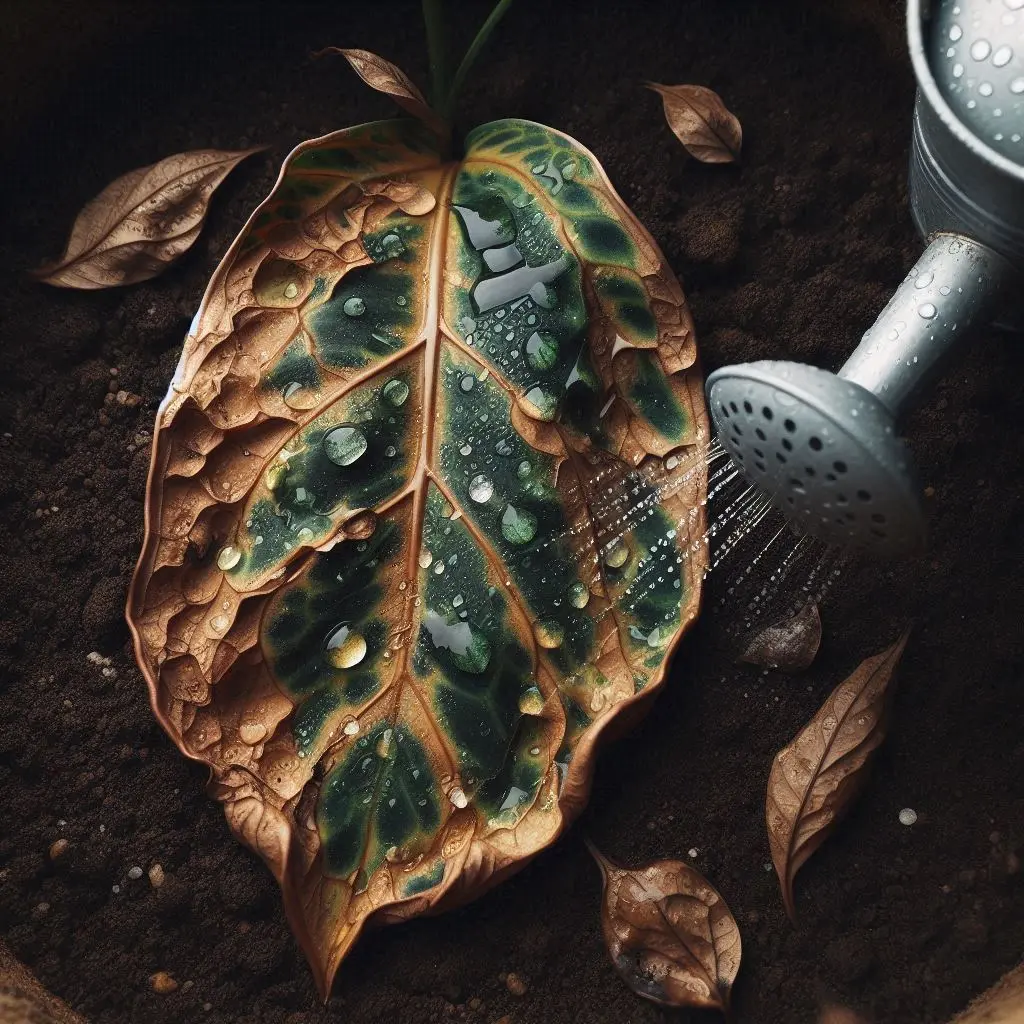
Another reason for the yellowing of Dieffenbachia leaves is excessive watering. Lack of drainage holes in the pot can cause the soil to become waterlogged and lead to root rot, even if you water appropriately. Additionally, low environmental humidity, inadequate light, lack of fertilization, and attacks by diseases and pests can also contribute to the yellowing of Dieffenbachia leaves.
If the leaves of your Dieffenbachia plant are no longer green or are turning yellow, check the pot and see if the soil is wet or dry.
If the potting soil is wet or waterlogged, reduce the frequency of watering, as overwatering can cause root rot and yellowing of the plant’s leaves.
If the plant’s soil is dry, increase the frequency of watering, and also check for drainage holes and pot drainage to ensure proper water flow.
Inappropriate environmental conditions:
Among the factors and reasons for the yellowing of Dieffenbachia leaves is the environmental conditions or weather. Dieffenbachia plants typically prefer warm and humid air due to their native habitat. Therefore, if the surrounding air becomes too cold, it negatively affects the plant’s leaves. It’s important to note that if your Dieffenbachia plant is near a window during the winter season or in close proximity to cold air from an air conditioning unit, it should be relocated to a place with still(constant) and warm air. Also, avoid placing the plant next to heaters and radiators.
Nutrient deficiency:
If you don’t fertilize regularly, nutrient deficiency can be one of the reasons for the yellowing of Dieffenbachia leaves. Dieffenbachia plants can suffer from various nutrient deficiencies, especially nitrogen or iron deficiency, which can cause leaf yellowing. Make sure to regularly fertilize your plant with specific indoor plant fertilizers to keep it healthy.
Infection:
If yellow spots appear on the leaves of the Dieffenbachia plant, it could be a sign of infection. Infection can cause changes in the plant’s shape and roots. If the infection spreads throughout the plant, it is recommended to either move the pot to a different location away from other plants or replace the pot entirely. Remember to remove the yellowed leaves and disinfect your gardening tools before and after use.
Insufficient light:
Although this plant tolerates low light conditions, the absence or excess of light can also cause its leaves to turn yellow. To prevent the yellowing of Dieffenbachia leaves, it’s better to move the pot to a location with sufficient light every few days or permanently place it in an area with adequate light.
Exposure to drafts(wind):
If your Dieffenbachia plant is exposed to direct drafts(wind) from air conditioners or placed in front of the entrance door or window, it can contribute to the yellowing of its leaves. It’s better to place the plant in a location where the air is relatively still, with occasional gentle breezes.
Soil replacement:
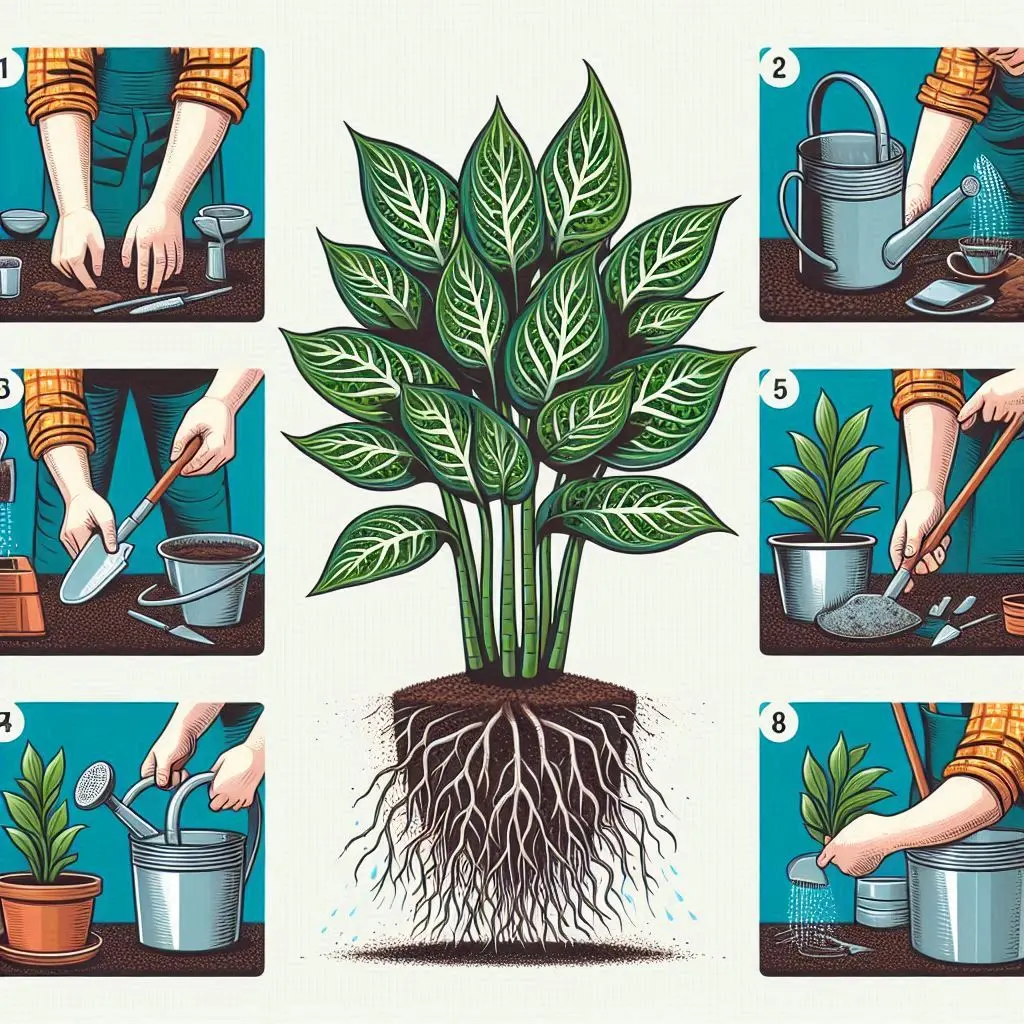
Potting soil loses its necessary nutrients for the growth and survival of plants after a while, usually within a year. In this case, the soil is no longer suitable for your Dieffenbachia plant. It’s better to replace the potting soil of your plant at certain intervals to prevent the yellowing of its leaves.
Read about cold weather for dieffenbachia by plantophiles:
If your Dieffenbachia is too cold, it will likely get yellow leaves that droop. Dieffenbachias like the temperature to be between 65 and 75 degrees Fahrenheit (18 – 24 degrees Celsius).They should also not be near vents that blow cool air or fans, which can cause plant distress.
Pot replacement(repotting):
If the roots of the plant have grown out of the pot and there’s no more room(space) for further growth, it can contribute to the yellowing of Dieffenbachia leaves. Additionally, early pot replacement or using excessively large pots can also cause the leaves of Dieffenbachia to turn yellow.


